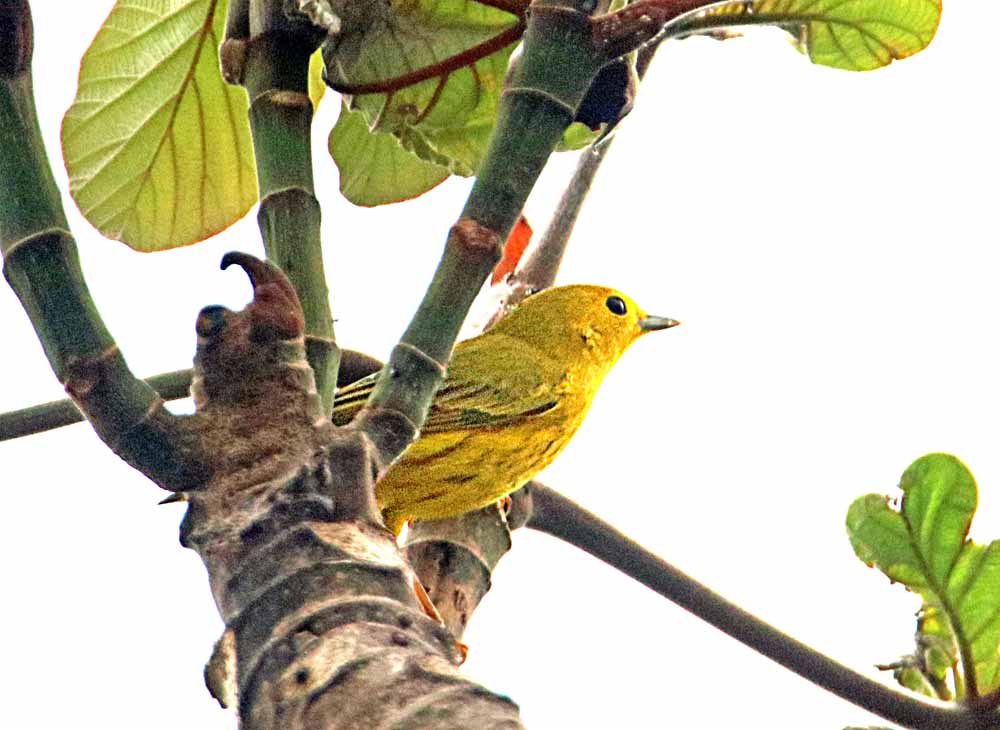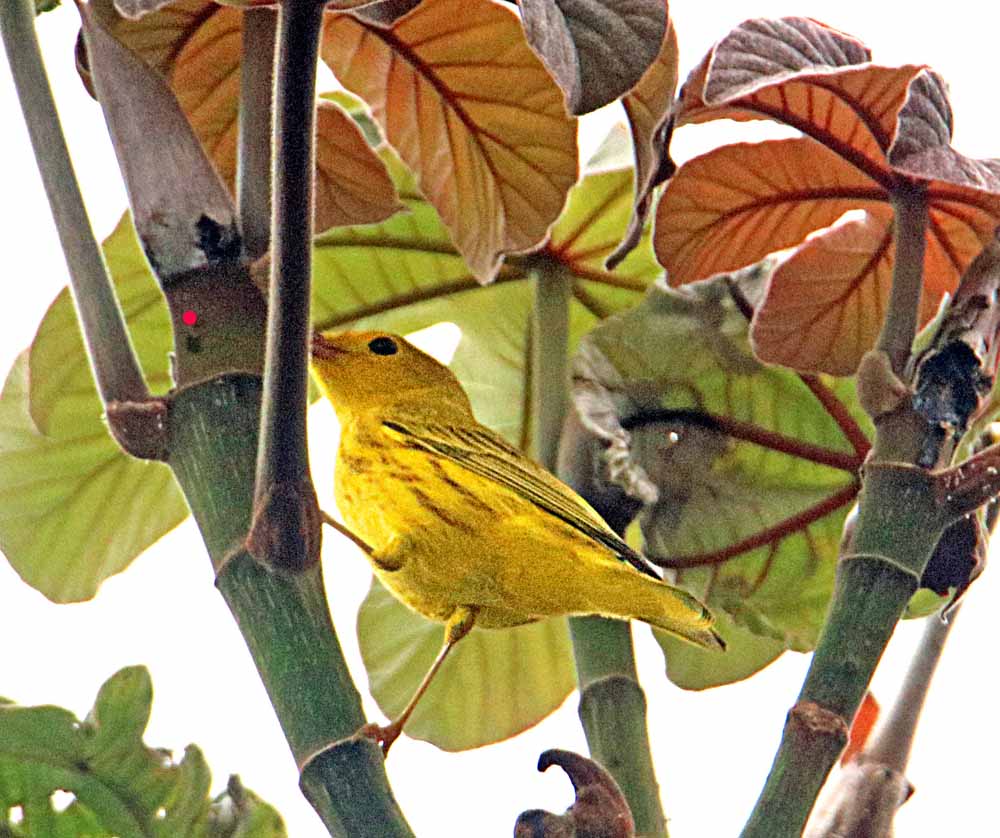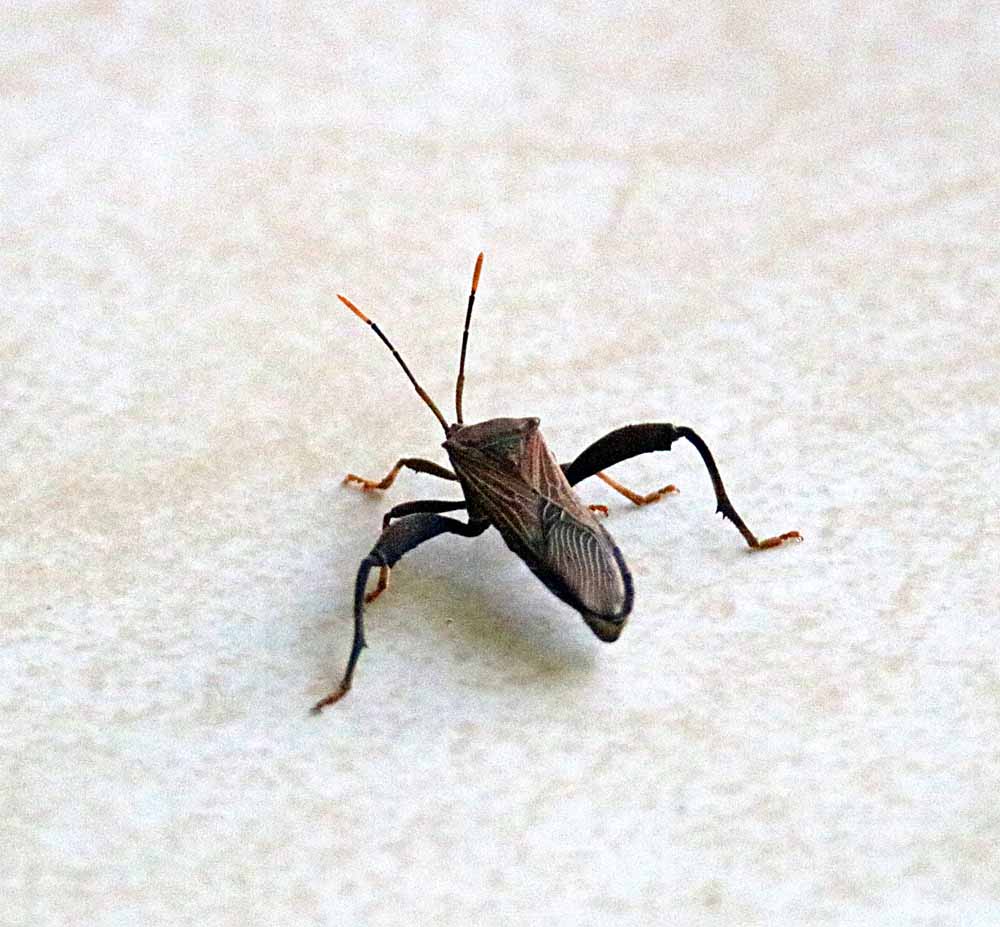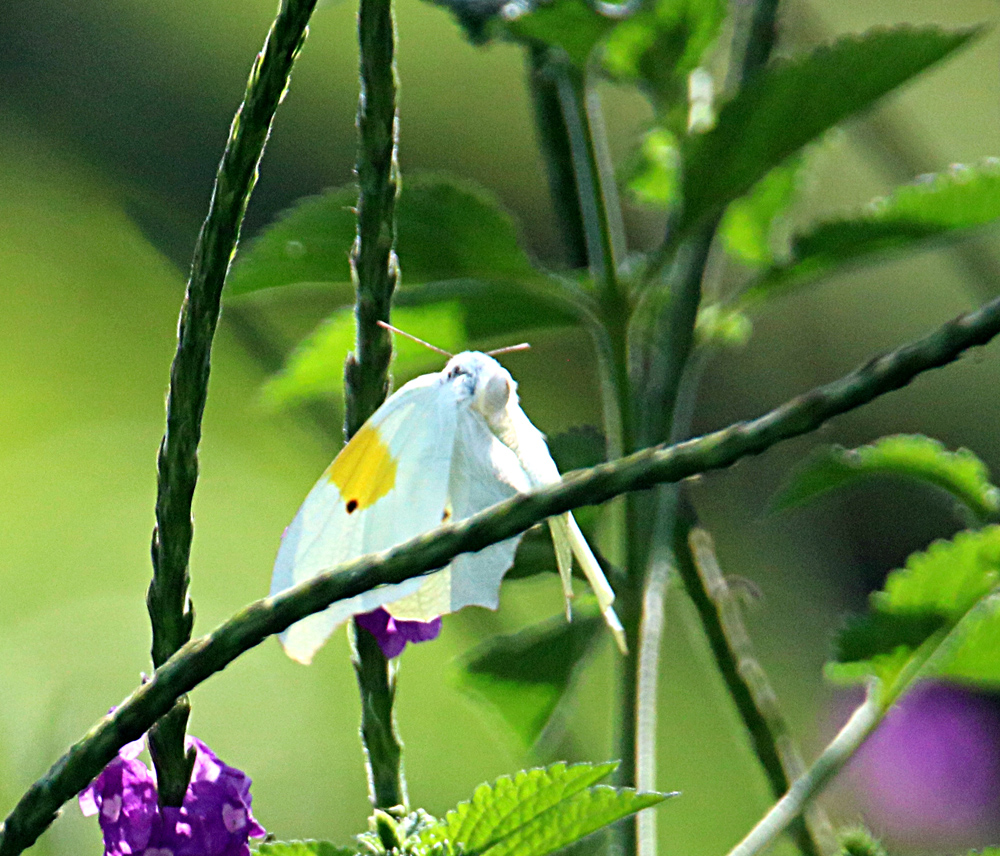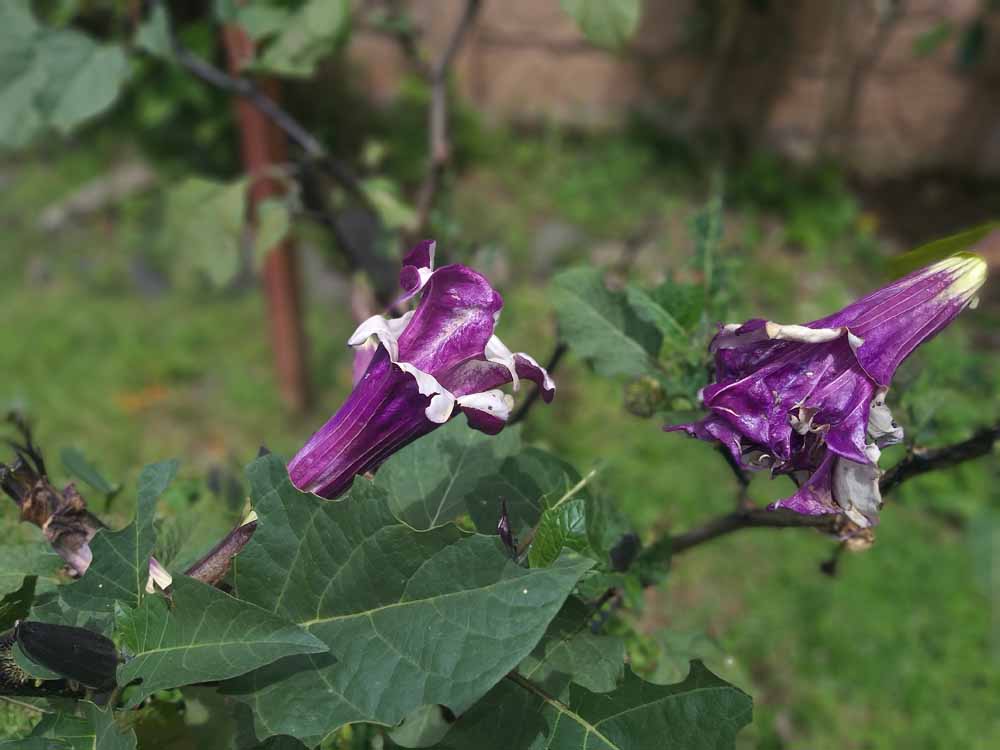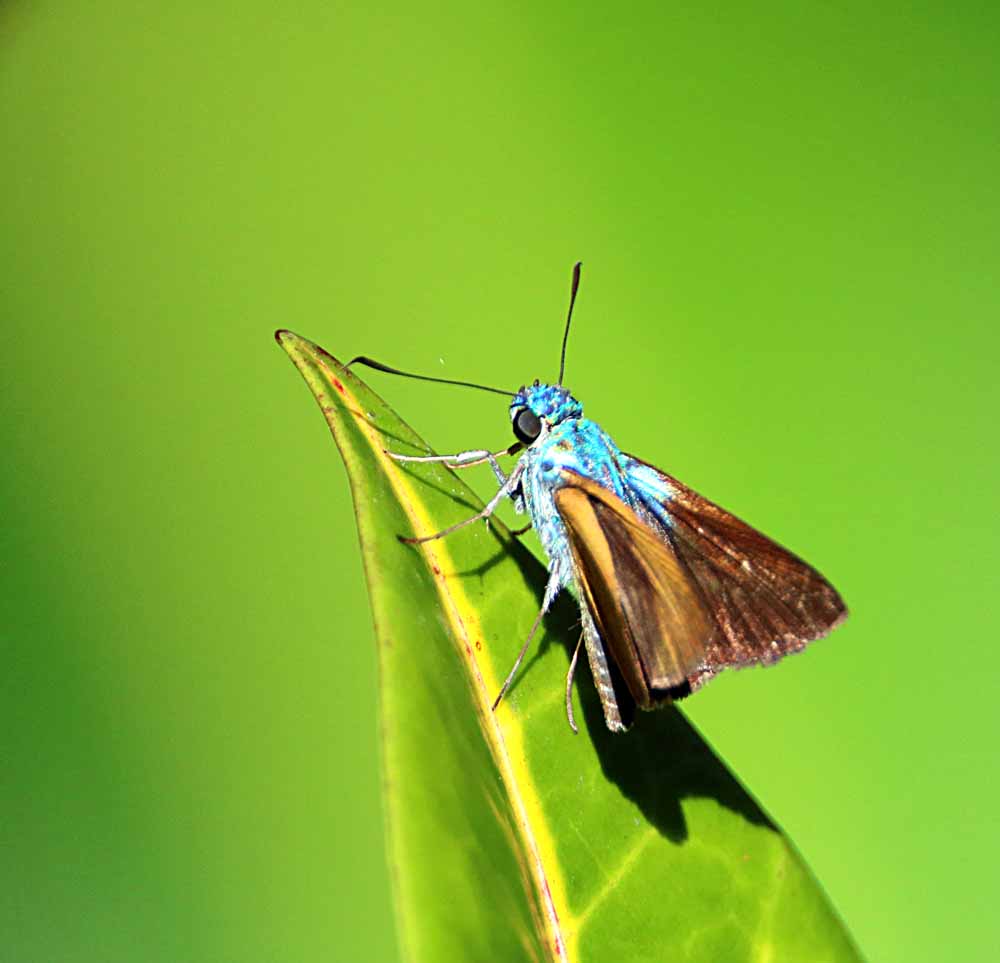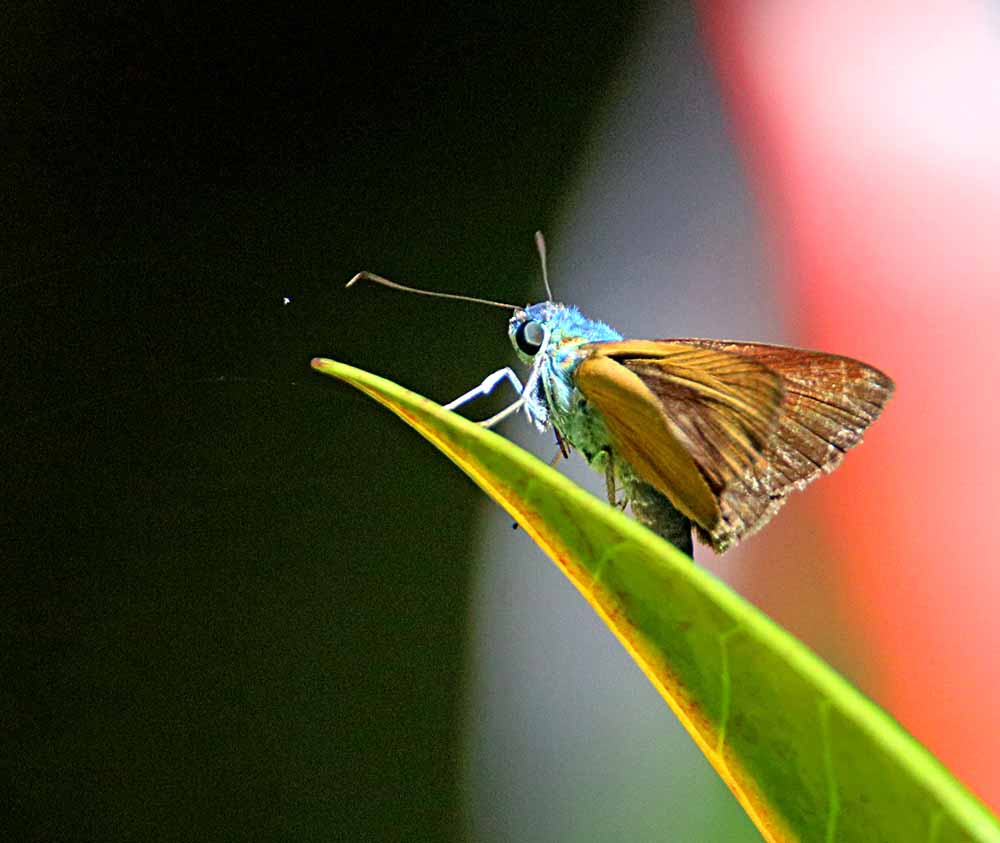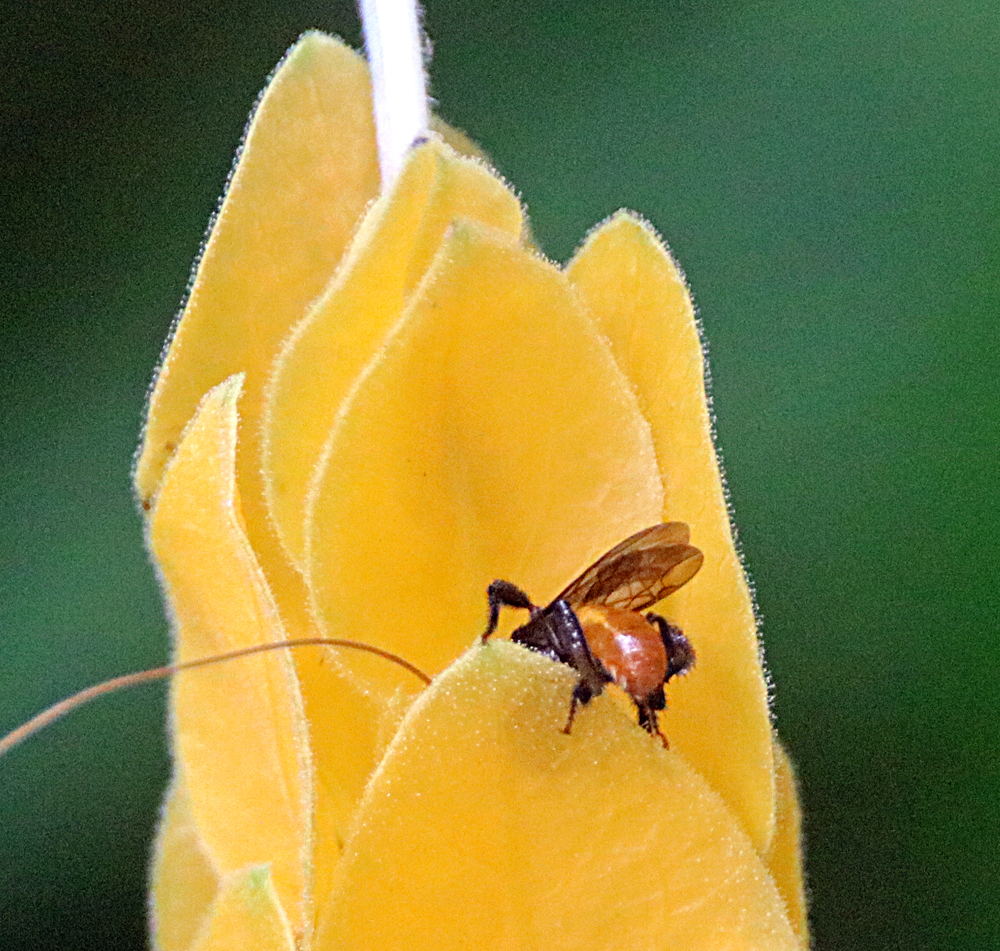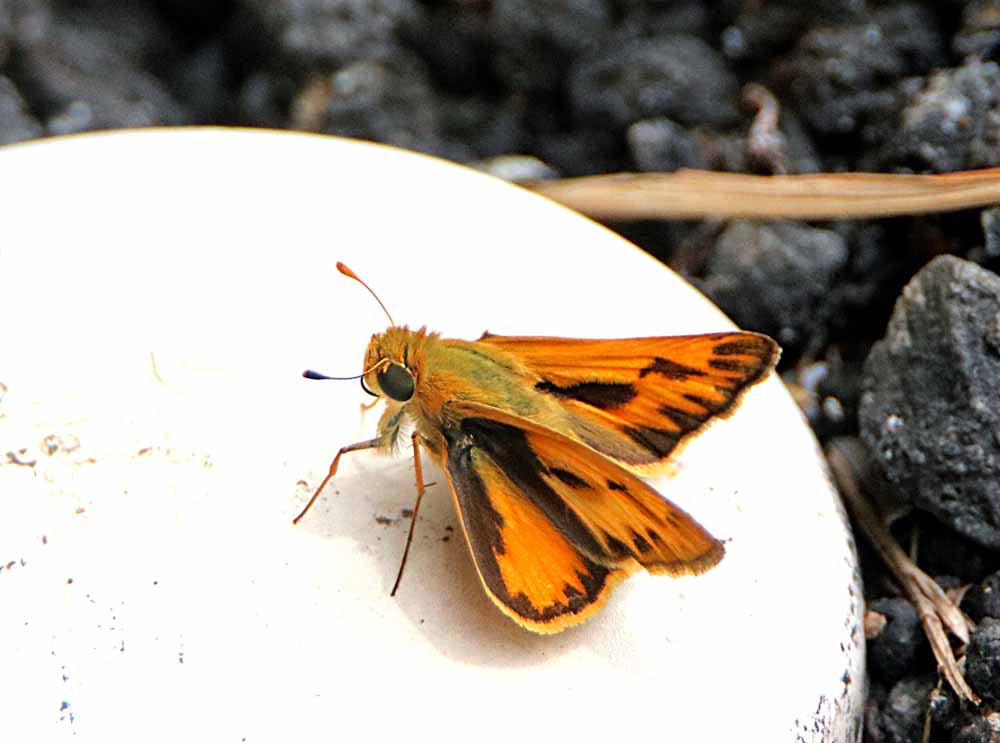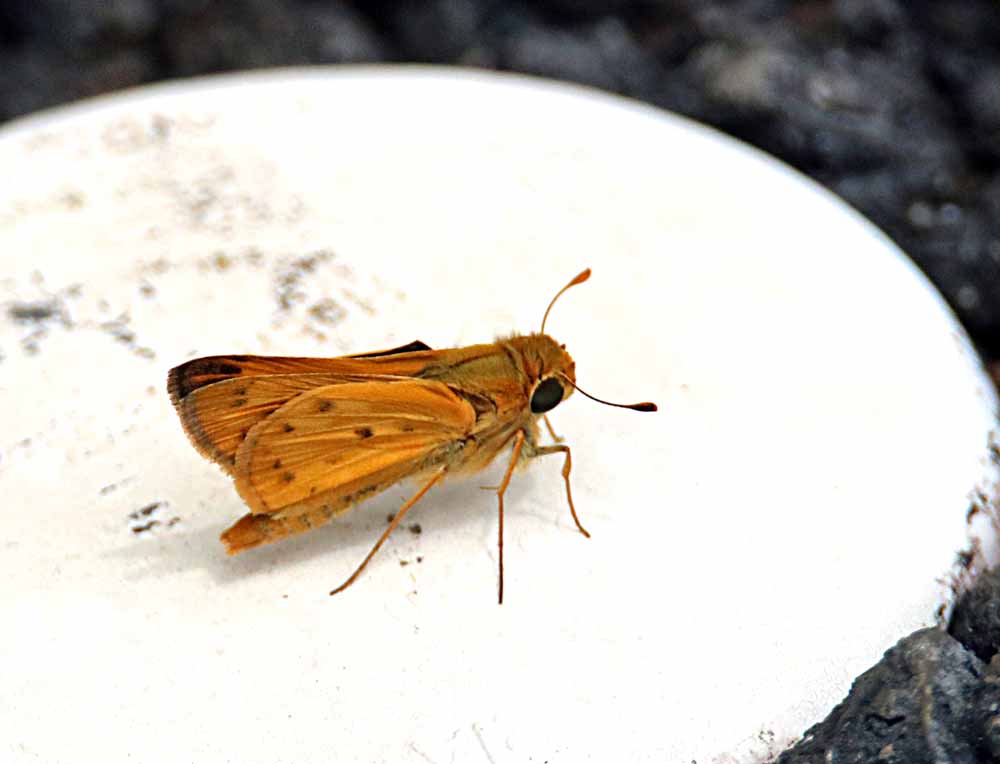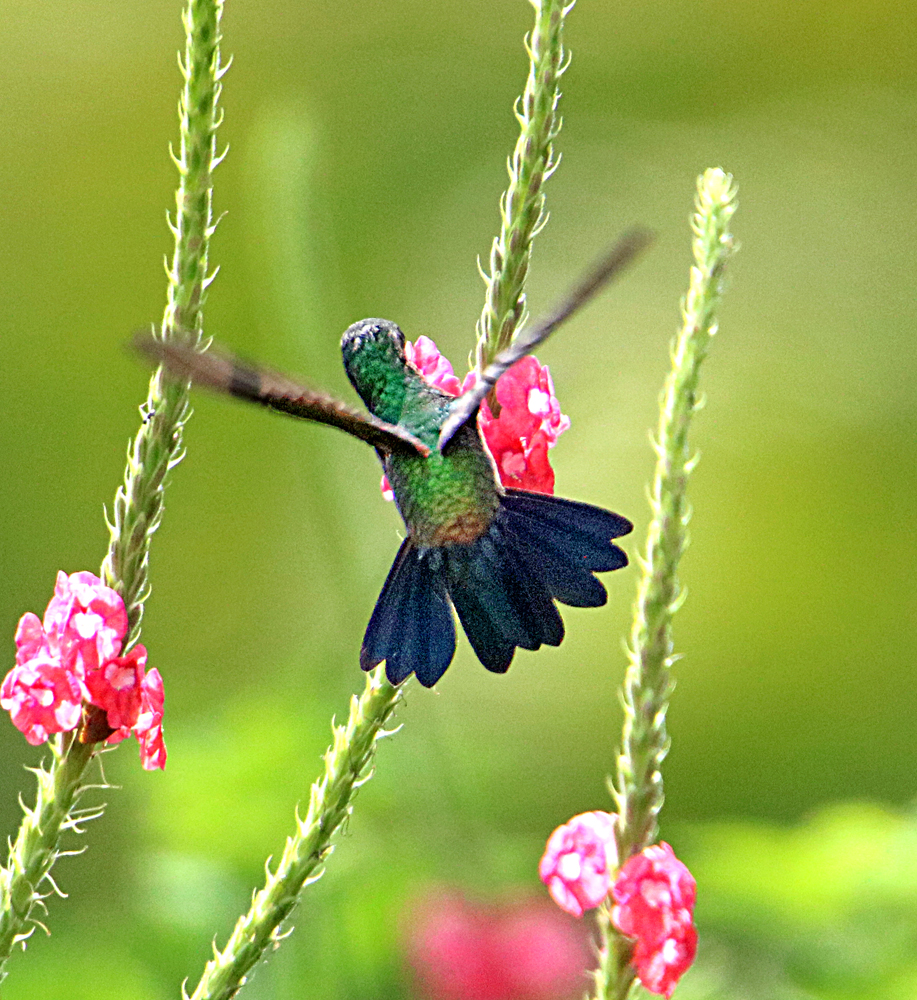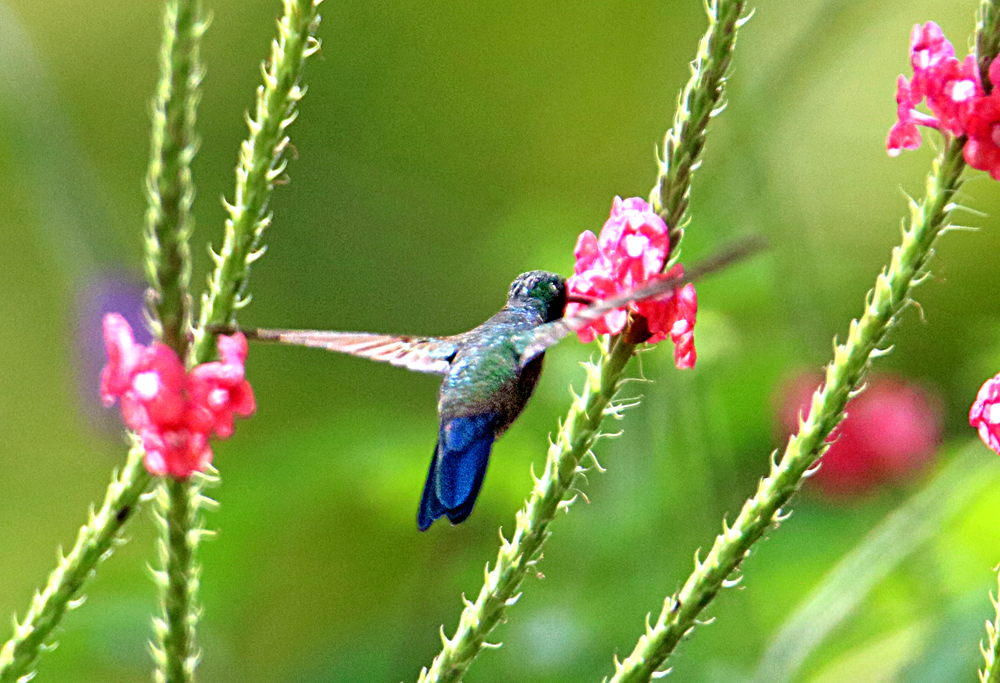In November this attractive leaf just popped up in my garden as what I figured was a “weed,” and thus I pulled it up, after photographing with my cell phone, and threw it away. Then I ran this leaf photo through iNaturalist and discovered that it is (was) a Marigold Pepper, Piper marginatum (iNaturallist link). Just another one of the many nature surprises I keep finding in my garden and all over Costa Rica! 🙂 What I read about this is that there are no “peppers” or fruit, but rather people use the leaves for seasoning and extracting a flavorful oil. Hmmmm, maybe I should have kept this “weed!” 🙂
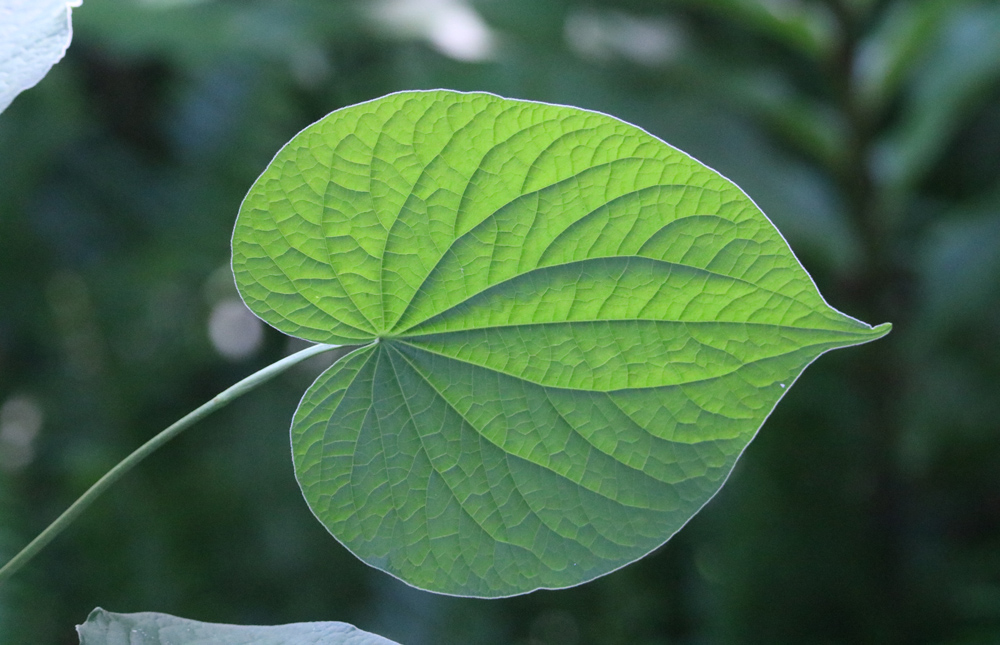
See more such beauties in my Leaves & Nature Things GALLERY.
¡Pura Vida!


